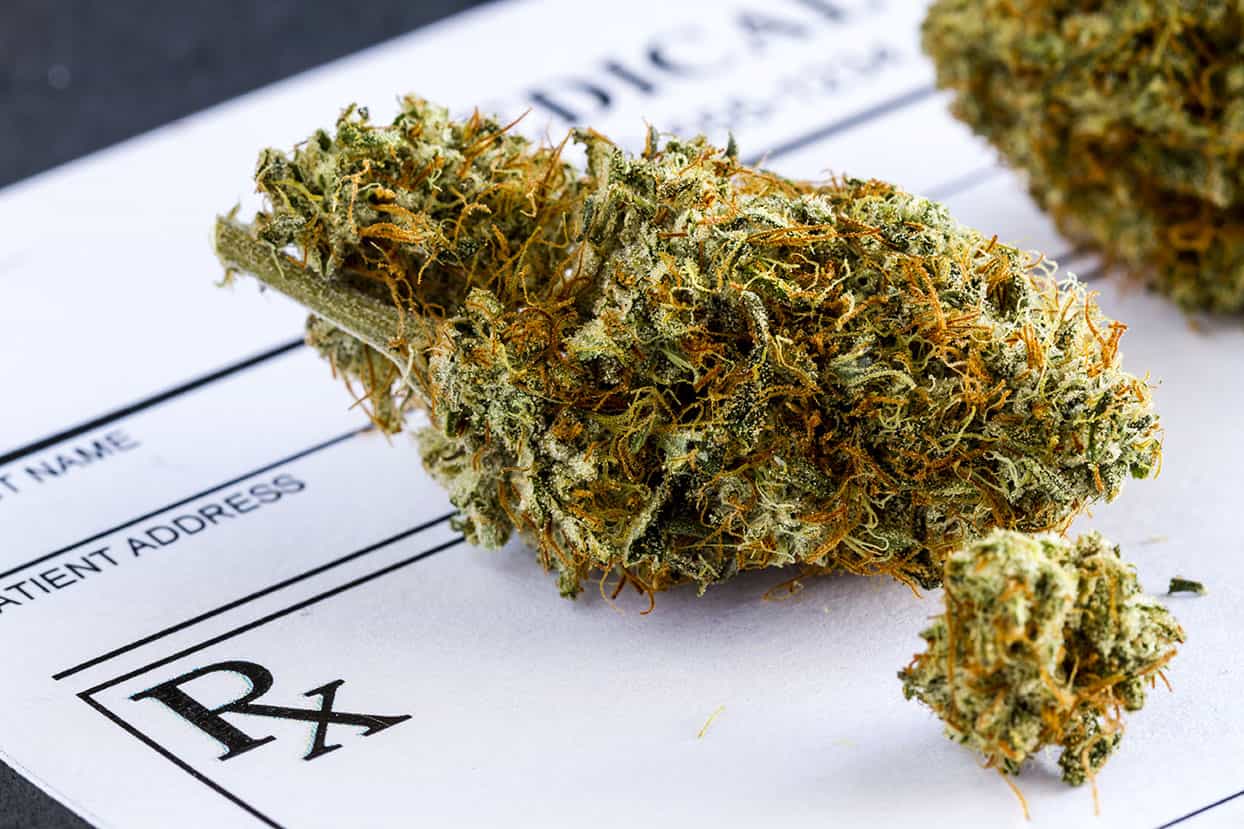
As more states in the US consider the possibility of legalized medical cannabis use, how can we learn from other countries about the regulatory process on a federal level?
Regulatory bodies around the world are instituting policy and guidelines to help ensure safe, effective cannabis production. This applies to the forty-three countries that have legalized the medical use of cannabis. In the US, 36 states, four territories, and the District of Columbia have legalized medical cannabis, but at the federal level its use remains prohibited.
The Potential Impact of CGMP on the Medical Cannabis Industry
Due to this federal level prohibition, the Food and Drug Administration (FDA) has not made a specific addendum for GMP (Good Manufacturing Practices) regarding cannabis production, so regulations fall under pharmaceutical regulations. The main regulatory standard for ensuring pharmaceutical quality is the Current Good Manufacturing Practice (CGMPs) regulations for human pharmaceuticals. CGMPs oversee proper design, monitoring, and control of manufacturing processes and facilities. Adherence to the CGMP regulations assures the identity, strength, quality, and purity of drug products by requiring that manufacturers of medications adequately control their manufacturing operations.
The CGMP requirements were established to be flexible in order to allow each manufacturer to decide individually how to best implement the necessary controls. The flexibility in these regulations allows companies to use modern technologies and innovative approaches to achieve higher quality through continual improvement. The “C” in CGMP stands for “current,” which means companies are required to use technologies and systems that are up-to-date in order to comply with the regulations.
Quality Assurance (QA) is the on-going process of making sure compliance is upheld. Designing and implementing a competent quality assurance system includes providing standard operating procedures (SOPs), so that personnel understand requirements and their roles and responsibilities are clearly defined.Traceability and documentation are another cornerstone of CGMP. All points of production need to be documented and recorded so that each batch can be traced and a QA authority must sign off on all steps in production.The best way to design a competent QA system is to instill a culture of quality within the organization, ensuring that all business units work in cooperation, and product quality and patient safety are the primary goals.
Countries with Legalized Use of Medical Cannabis
In 2018, the Danish Medicines Agency established the medicinal cannabis program, a four-year pilot that granted permits for 12 companies. In order to gain a permit, the companies had to obtain a license for each process involved in production. They were then free to distribute their products to approved suppliers (doctors and pharmacies in Denmark). Regulations for these products were stipulated by three public bodies: the national police, the agricultural agency, and the Danish Medicines Agency. The Danish Medicines Agency monitors the companies to make sure they meet the requirements and comply with GMPs.
How Canada is Using Existing GPP Regulations.
Canada (which has legalized cannabis for both recreational and medicinal use) is leading the way in applying existing GPP guidance to their cannabis businesses and then adapting it to the industry as a whole. They use GMP to identify key points in production and create a system that proactively controls production. GMP starts with risk assessment and hazard analysis and critical control points (HACCP), and a quality manual interprets the laws and defines them within the scope of the business.
In Canada as well as in Denmark, a quality manual must be prepared before the government will issue a license. Both have specific GACP (Good Agriculture and Collection Practices) Capturing and GMP-based requirements for staff, facilities, equipment, and record-keeping. They consider cannabis a pharmaceutical product with standards that apply to a plant-based product.
Europe and EU GMP
In the UK, regulations require all pharmaceutical manufacturers to comply with EU GMPs. Manufacturers and importers must be authorised and registered by a competent authority from a member state and are regularly inspected by an approved authority to check compliance with the EU GMPs. This applies wherever the manufacturer is located. The frequency of inspection is based on a risk assessment; the authority must supply written confirmation that each batch of product conformed to GMPs. In the production of medicinal cannabis products, compliance with the requirements of GACP and GMP is mandatory.
In the US, even in states where medical cannabis is legal, a patient does not receive a prescription; instead, it is recommended by a physician and the patient then visits a dispensary. But in other countries, such as Denmark, cannabis must be prescribed by a doctor and can only be dispensed from a pharmacy or a hospital. That way, the patient receives a uniform product every time. If the United States ever gets to a similar point, where states are standardizing and regulating cannabis as a pharmaceutical, we can learn from those who have gone before us.
As companies look to engage in the fluid regulatory landscape of cannabis, it is important to ensure a high quality level of product with an equally high level of operational efficiency. By adhering to the most current state laws and regulations, standard operating procedures, and standardized process support, companies will be able to ensure compliance once the federal government has instituted policy.



